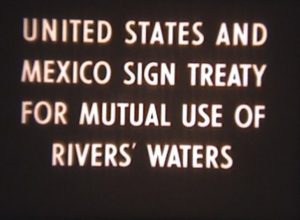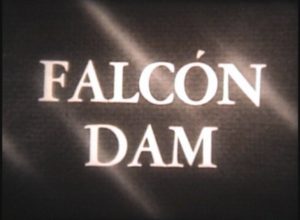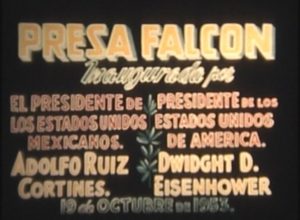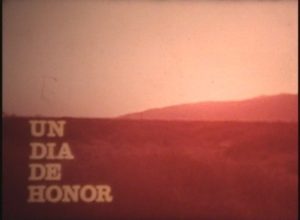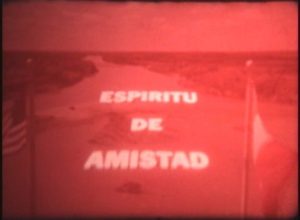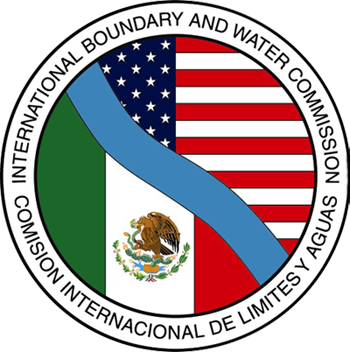
The International Boundary and Water Commission (IBWC) originates in the Treaty of Guadalupe Hidalgo of 1848 and the Gadsen Treaty of 1853, both of which established joint commissions meant to survey and demarcate the U.S.-Mexico border. As the rivers that constituted the boundary naturally changed course, however, questions arose over how to determine the jurisdiction of land that had moved from one side of the river to the other. In 1889, the United States and Mexico formed the IBWC’s predecessor, the International Boundary Commission, to apply certain rules about where to draw the border within the Rio Grande and Colorado River. At the Convention of March 1, 1906, the two countries signed their first water distribution treaty, designating portions of the rivers to each country. By 1933, the United States and Mexico began joint river projects to stabilize the Rio Grande, eventually forming the IWBC in 1944 to enforce allocations of the river and begin work on dams operated and maintained by both countries. The IBWC played an integral role in resolving BOUNDARY DISPUTES over the following decades, constructing dams and reservoirs that not only kept boundary rivers on course but also produced consistent economic benefits for both countries.


